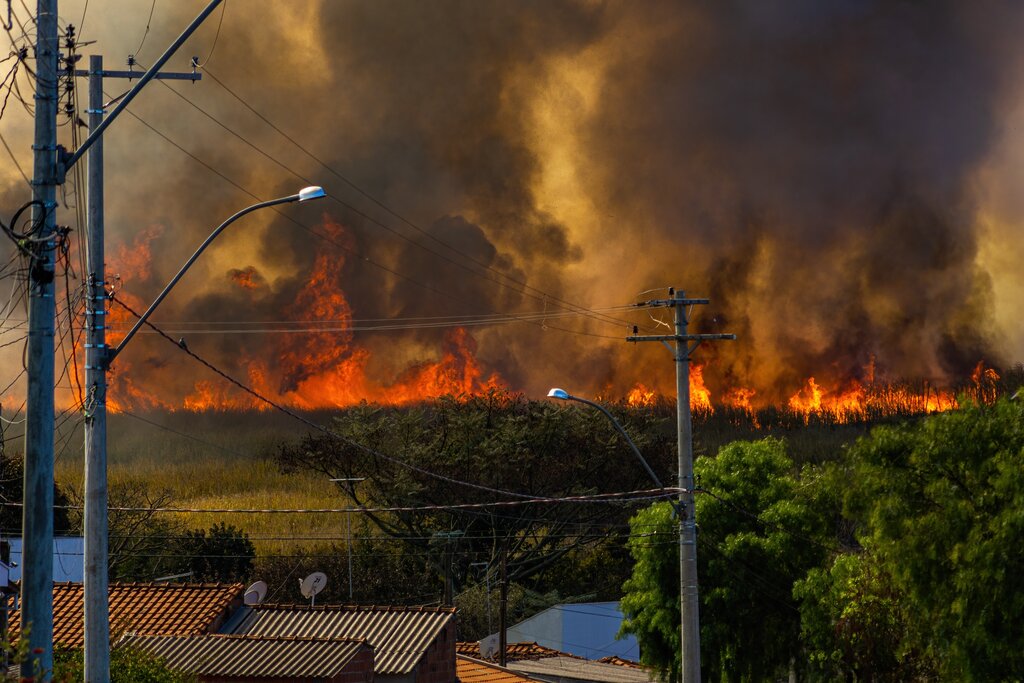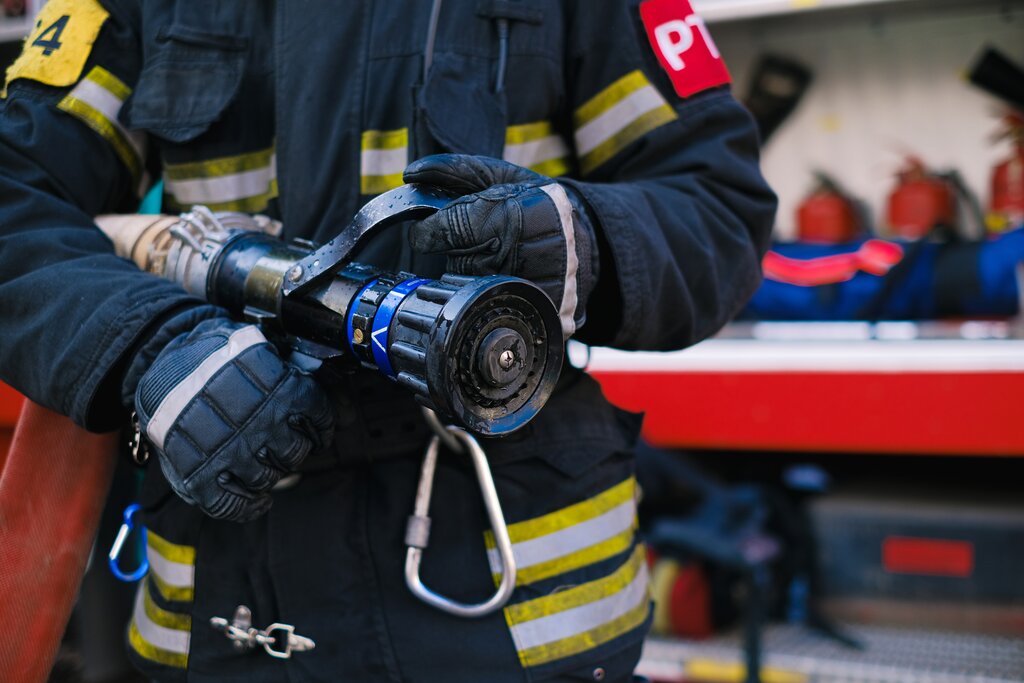Utah Suffering from Drought,
Intense Heat and Wildfires
Citing drought conditions and extreme temperatures, as well as numerous active wildfires across the state, Utah Governor Gary Herbert declared a statewide state of emergency for the month of July.
 Extreme Escalation
Extreme Escalation
One of those Utah fires, the Dollar Ridge Fire, located about 100 miles east of Salt Lake City, presented serious challenges. The blaze had quadrupled in size–from a few hundred acres to 30,000 acres–within 48 hours. It’s believed to have destroyed 20 to 30 structures, although the fire was too dangerous to approach in order to get an exact count.
High winds stoked the flames, pushing them down toward U.S. Highway 40. Pinyon and juniper trees were devoured, along with any homes in their path.
The Duchesne County Sheriff ordered Fruitland’s 500 residents to evacuate ahead of the spreading wildfire. And as strong winds continued to hamper both aerial and land-based firefighting efforts, the fire spread to the north and east, prompting new evacuation orders.
According to Utah firefighter Jason Curry, flying was not only unsafe at times… it was also pointless.
Across the West
The Dollar Ridge fire was just one of nearly 60 large, active blazes burning across the West over the July 4th holiday.
In Colorado, the Spring Fire was one of six large wildfires burning across the state. It was also the largest, at about 160 square miles. (That’s almost seven times the size of Manhattan.) Fire investigators believe it was ignited by a fire pit spark. Several of the other fires were started by lightning.
In Northern California, the so-called County Fire emitted a thick layer of smoke and ash south of San Francisco and threatened more than 900 buildings. As a result, fireworks shows were canceled and residents were urged to stay indoors due to the unhealthy air.
So far, about 2,500 people have been told to evacuate by the California Department of Forestry and Fire Protection.
–Article Continues Below–

Closures and Restrictions
In Arizona and New Mexico, large swaths of national forests remain closed. (See related article, “Closures Announced for Wildfire-Prone Arizona Forests.”) In addition, a number of federal public lands and counties have imposed severe fire restrictions. These include banning campfires, fireworks and smoking outdoors.
Sources:
Featured Image: US Air Force Photo, Public Domain


